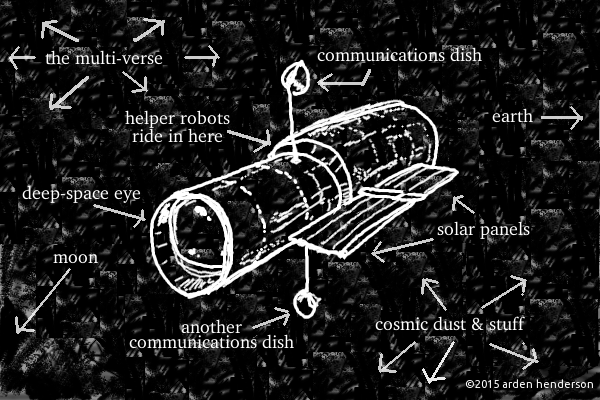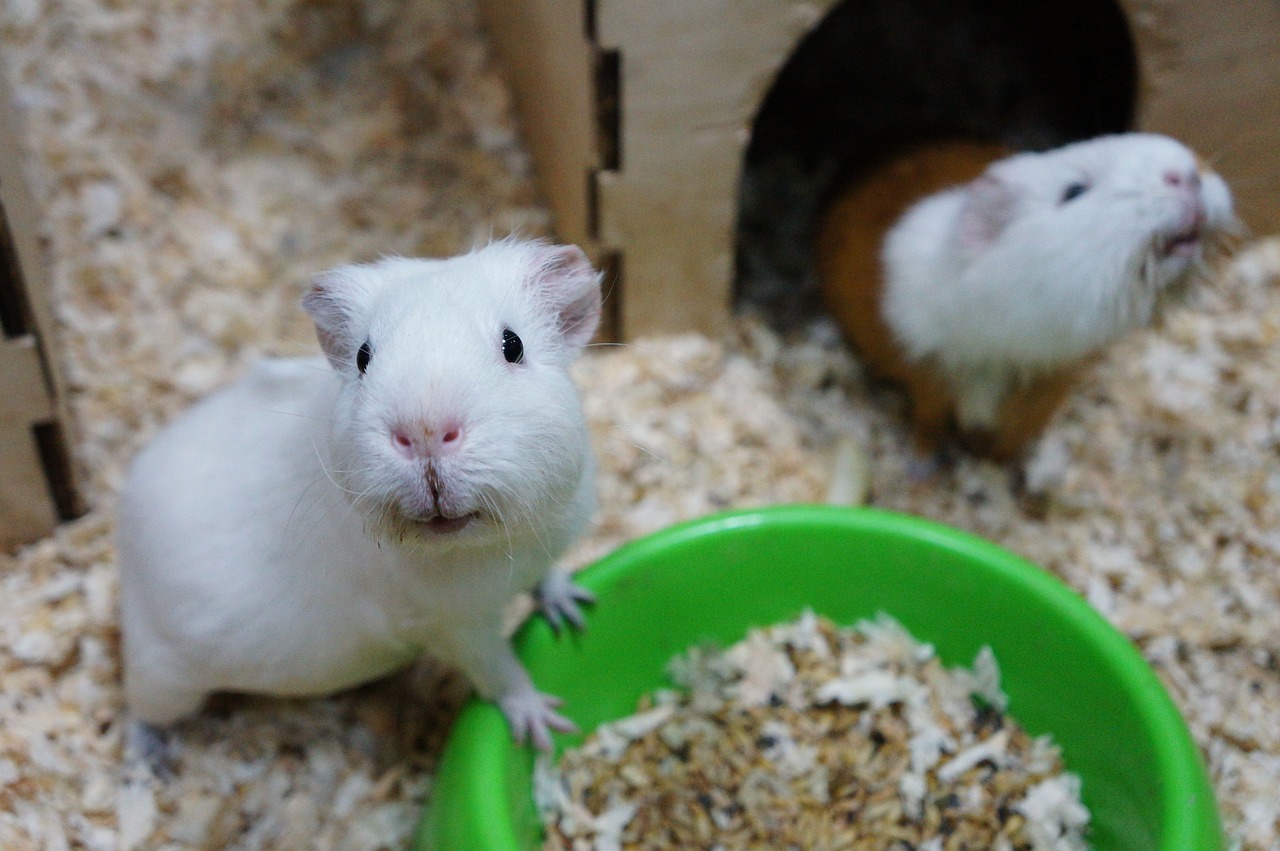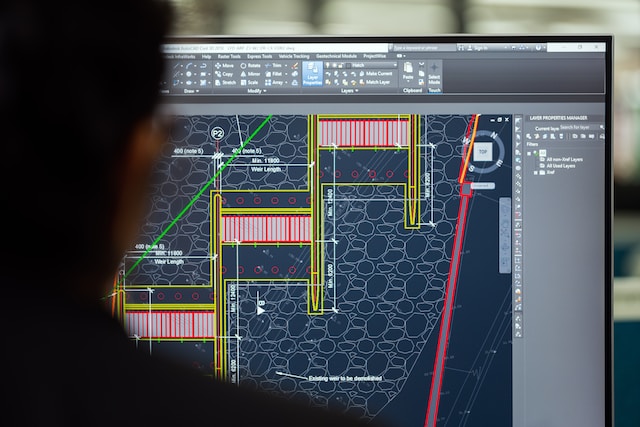The Hubble space telescope was placed in orbital operation on April 24, 1990. It was named after Edwin Powell Hubble (1889 – 1953). Hubble (the guy) was a notable astronomer, and, among other things, known for showing that the universe is basically exploding. Or expanding, depending on your point-of-view.
Back to Hubble (the space telescope). Twenty-five years later, we celebrate its birthday. The Hubble has been in operation so long it was serviced by space shuttles, a bunch of quaint space hardware that no longer flies that’s parked rusting in museums these days.
Designed to be serviced by astronauts, the Hubble has seen multiple maintenance visits. Astronauts would hop in a space shuttle, rocket up into space, sidle up to the Hubble, pull it into the bay, tinker with the hardware, toss out broken stuff, put in new stuff, fling it up to a higher orbit, and then knock off for the day, heading to the nearby space bars such as Lilly’s Intergalactic Cantina (a known hangout for space ne’er-do-wells and motleys). The Hubble is in low space orbit. A decaying orbit, at that, which is why the astronauts would fling it a bit higher after each service call. Future orbiting telescopes will be further out and not designed to be serviced. Throw-away tech. In that way, they’ll pretty much be the same as your basic “modern” string-trimmer or coffee pot—landfill fodder once broken.
Hubble has produced some outstanding photos of deep space and has looked backwards into time. In fact, it has looked so far back into time that it has caught up with ancient analog TV images from Earth, namely “Dragnet” and “The Twilight Zone.” There is a shade of irony that one of the Twilight Zone episodes it caught up with was the famous 1966 story about a future orbiting space telescope looking at a TV show about a future orbiting space telescope. Quantum physics probably has something to do with that.
It’s not well-known outside serious space fans that one can schedule time on the Hubble. For sure, it’s fairly difficult to get scheduled due to the huge demand for aiming an orbiting telescope deep into space, maybe even looking into the eyes of God or some flying spaghetti monster. Anyway, fans of Mouser probably have wondered what would it take to build their own DIY Hubble telescope and toss it up there in space for 100% viewing time of old TV episodes hurtling light years from ’round these parts.
It turns out that pretty much everything you need to build your own DIY Hubble telescope is available in the Mouser catalog of Cool Stuff. No, seriously. Listen up! Do you think I’d waste your time with some marketing blah-blah? Let’s take computers, for example. You will always need a computer or a batch of ’em for projects like this. Mouser sells a ton of computers. It won’t take long to stumble across the Mouser computer pages. Here’s the deal. The small computer boards come with foldout info with really, seriously tiny print. You’ll need a magnifying glass. Or, after you finish your DIY Hubble, you can reorient it to look back at earth in order to read the tiny print.
You’ll also need robots. Mouser has a whole section on robots. Fashion some robots to help you with the project. A half-a-dozen should do for starters. You just cannot have enough robots. The small computers mentioned earlier will come in handy for the robot brains.
But what about the mirror? That’s a big deal, for sure. (What, you say. Mirrors? What’s that all about? DuckDuckGo that, pardner. Ain’t nobody here has time for Telescopes 101.) Hubble’s legacy shows it is fantastically difficult to grind a proper mirror. In fact, the mirror that went up with the Hubble was flawed. The contractor making the mirror goofed. The grinding errors resulted in a flawed surface that turned stuff like exploding novas and spirally-whirly-twirly cosmic dust clouds into distorted circus clown faces. That scared the scientists who first saw the first downloaded images, causing them to run screaming from their science labs out into the street and look for Chicken Little.
For your DIY Hubble project, you can make the mirror calculations correct the first time. What about all that grinding? Certainly, 3D printers come to mind. Just print the mirror. Trivial. Better yet, create a batch of little grinder robots, program them and set them loose on the mirror job. You’ll have that part of your space telescope done in no time. Or, you could just print the entire space telescope. So many options.
But what about the rocket? Don’t we need a powerful rocket to get our DIY Hubble up into the sky? Once again, we turn to the Mouser catalog. Why fool around with rockets anyway? They are messy, loud, and use lots of dangerous chemicals and tend to set nearby stuff on fire. It would be easier and faster just to plop our DIY Hubble onto an anti-grav platform, set some coordinates, let it float up into position, drop off the goods, and then float back down. As with the orbiting telescope project, pretty much everything you need to build a typical anti-grav platform exists in the Mouser catalog. But that’s a story for another day.
This article was originally posted on Mouser.com.






